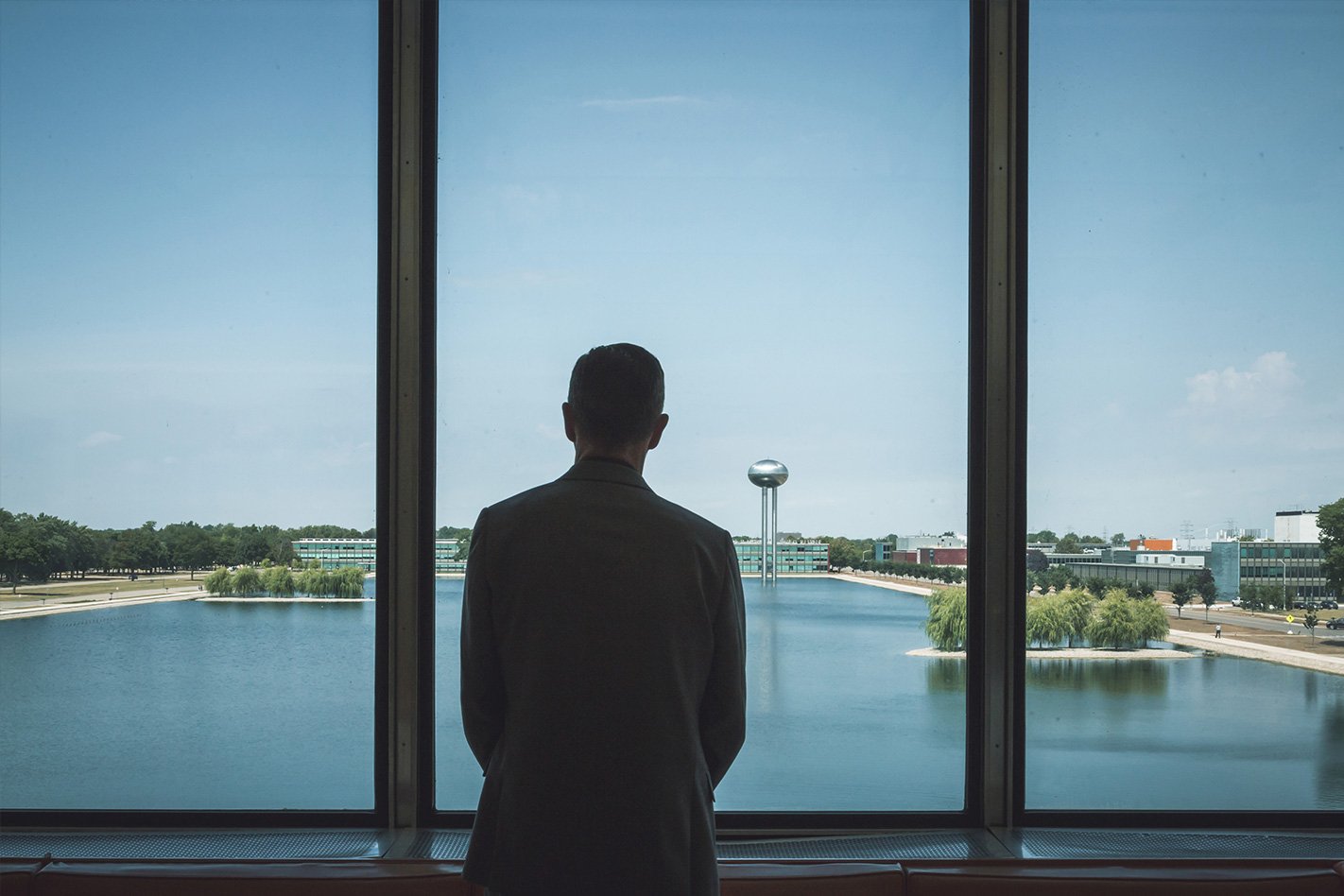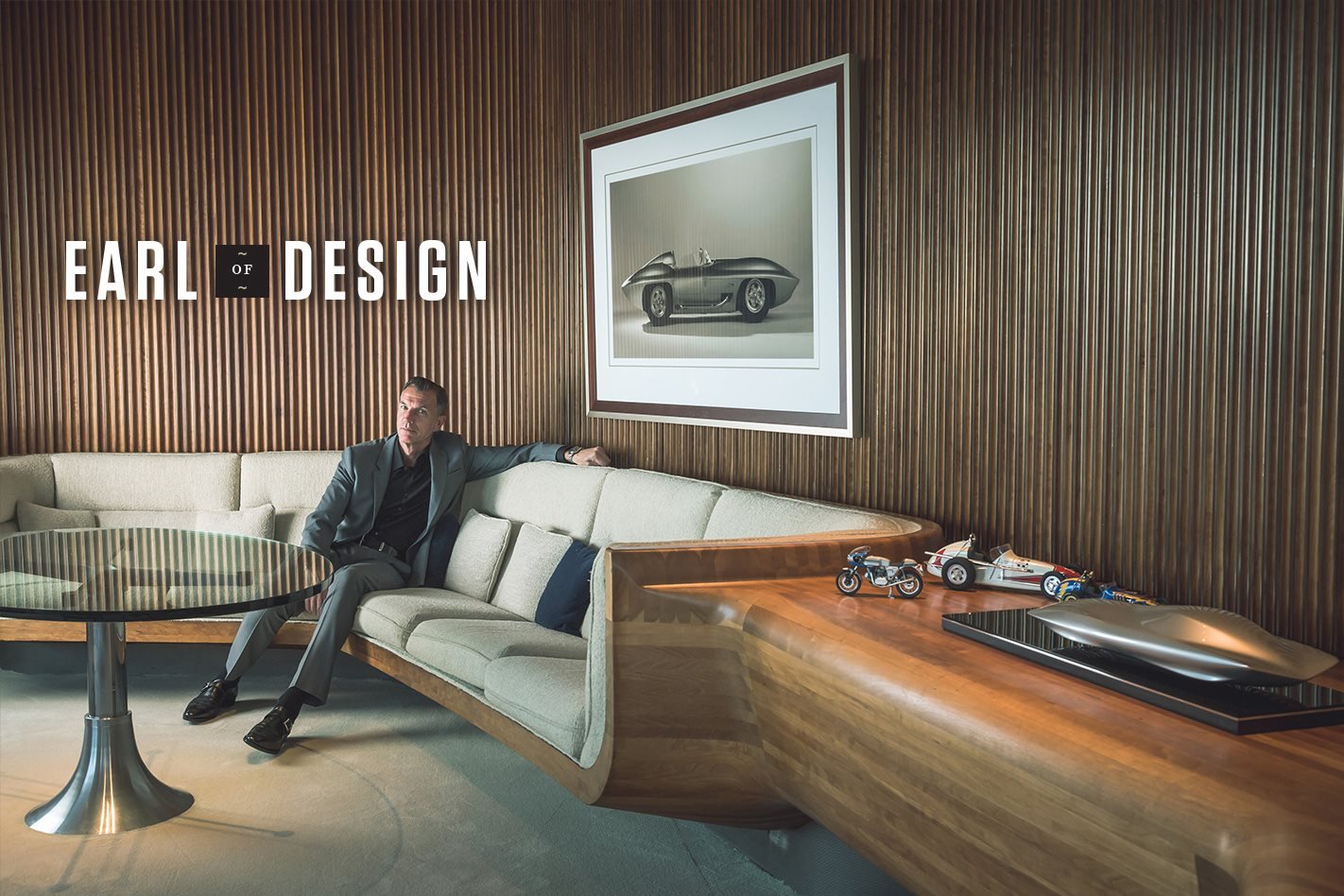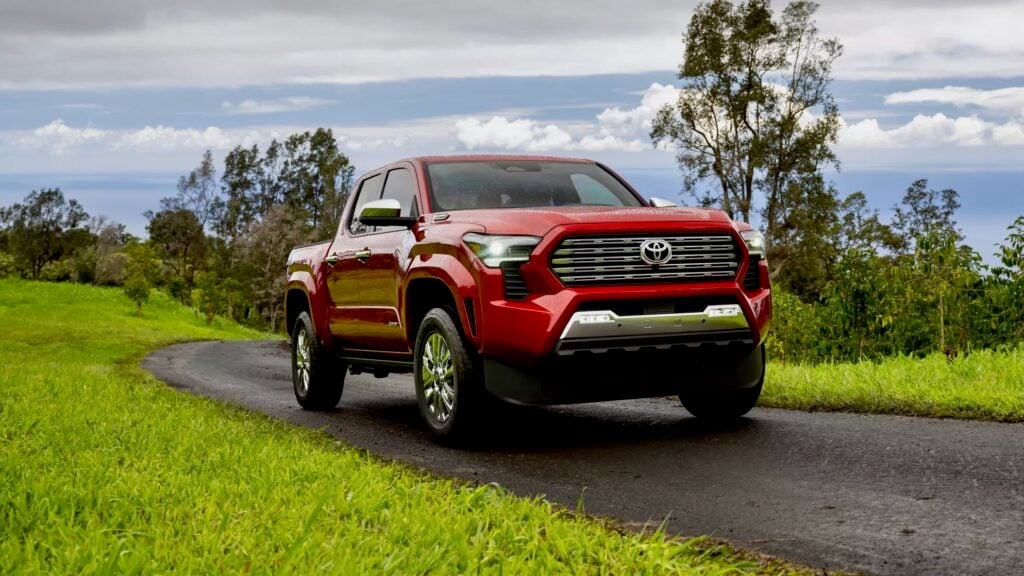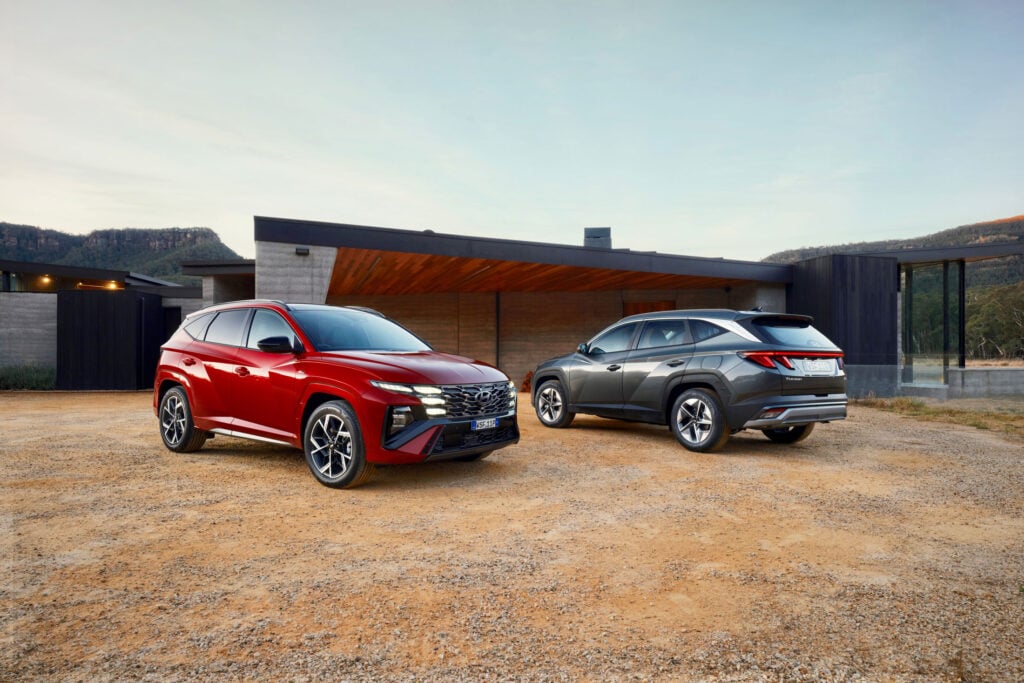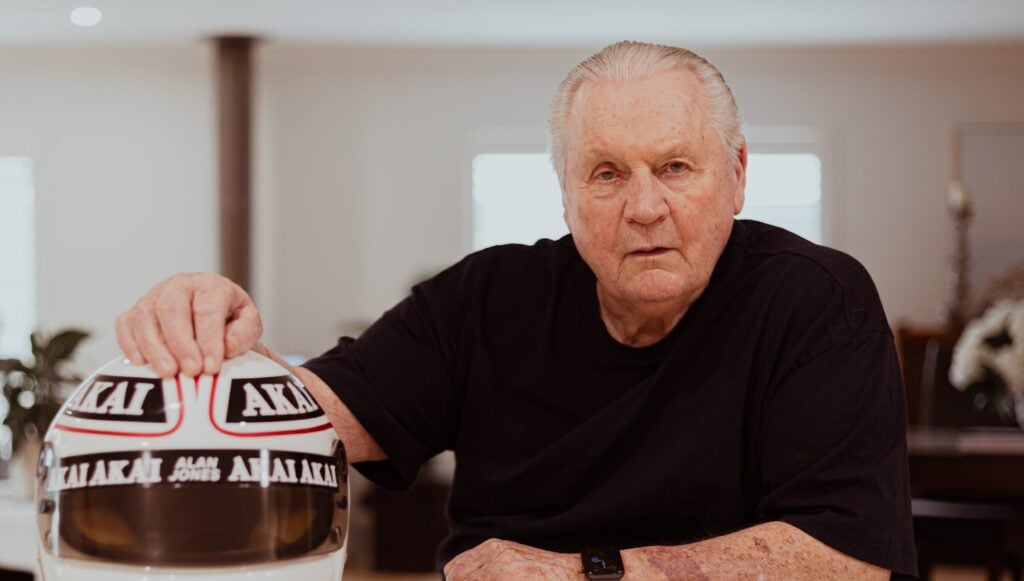HARLEY Earl moved into his new office in GM’s vast Warren Technical Center on Friday, September 16, 1955. Almost 61 years and six vice presidents of design later, Michael Simcoe pulled up his chair behind the same huge cherry wood desk on Friday, July 1, 2016.
In true Groundhog Day style, the office remains visually identical across the six decades.
Only the mostly hidden updated equipment and technology provide a clue that this is 2017 and not 1955. To this day the spacious, corner executive suite, delivering the finest view of the 287-hectare Technical Center campus, with its 20-metre high, silver hemispherical domed styling auditorium and 9.3-hectare lake, remains one of the world’s great offices.
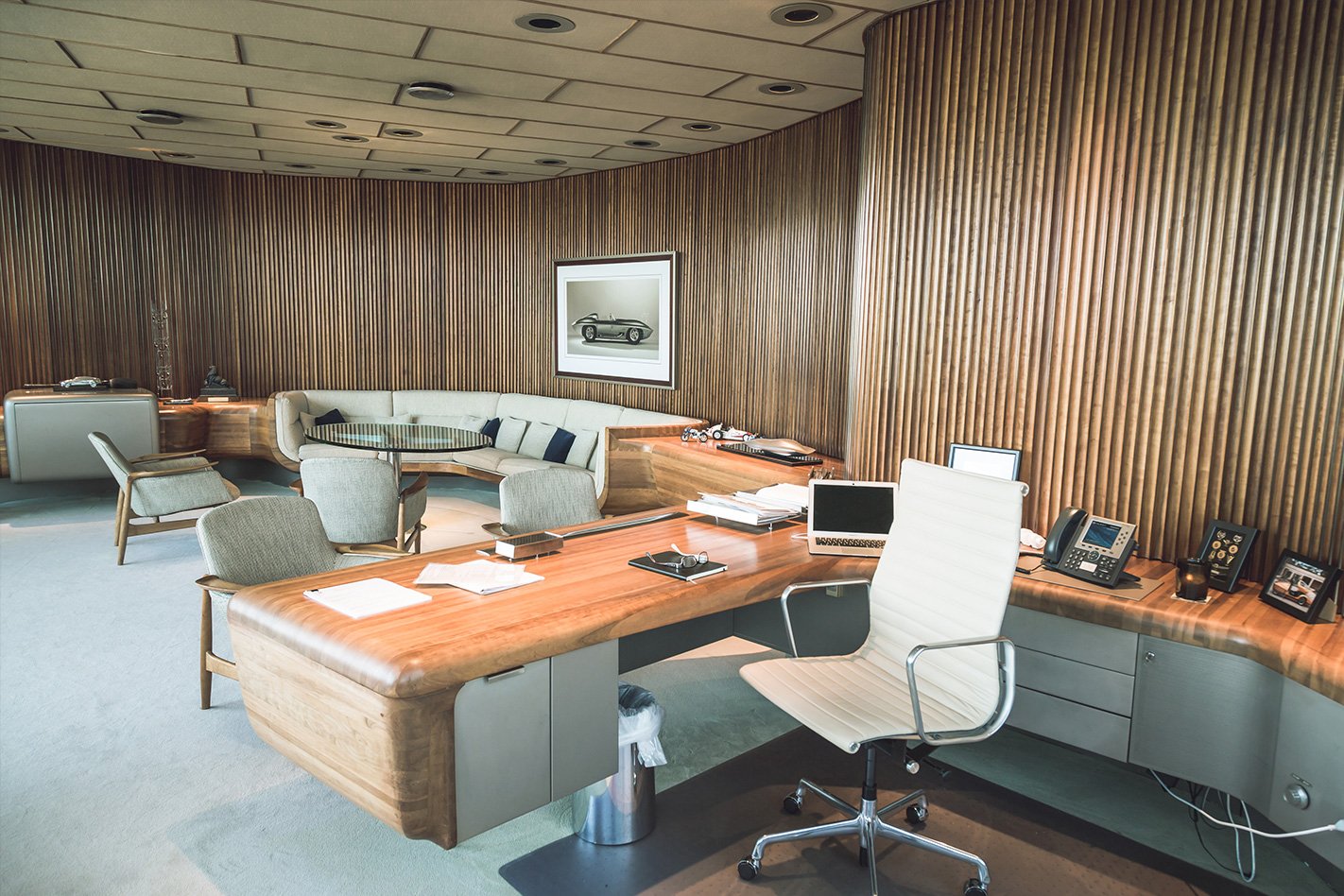
Nobody was surprised when, in 2014, GM’s Warren Technical Center was added to the list of USA National Historic Landmark buildings that also includes the Statue of Liberty and the White House.
“I’m just the current occupier,” says Simcoe. “The custodian; so it’s also my job to maintain it.” Mike pauses, before adding, “It is the best office in the world.” No argument from me.
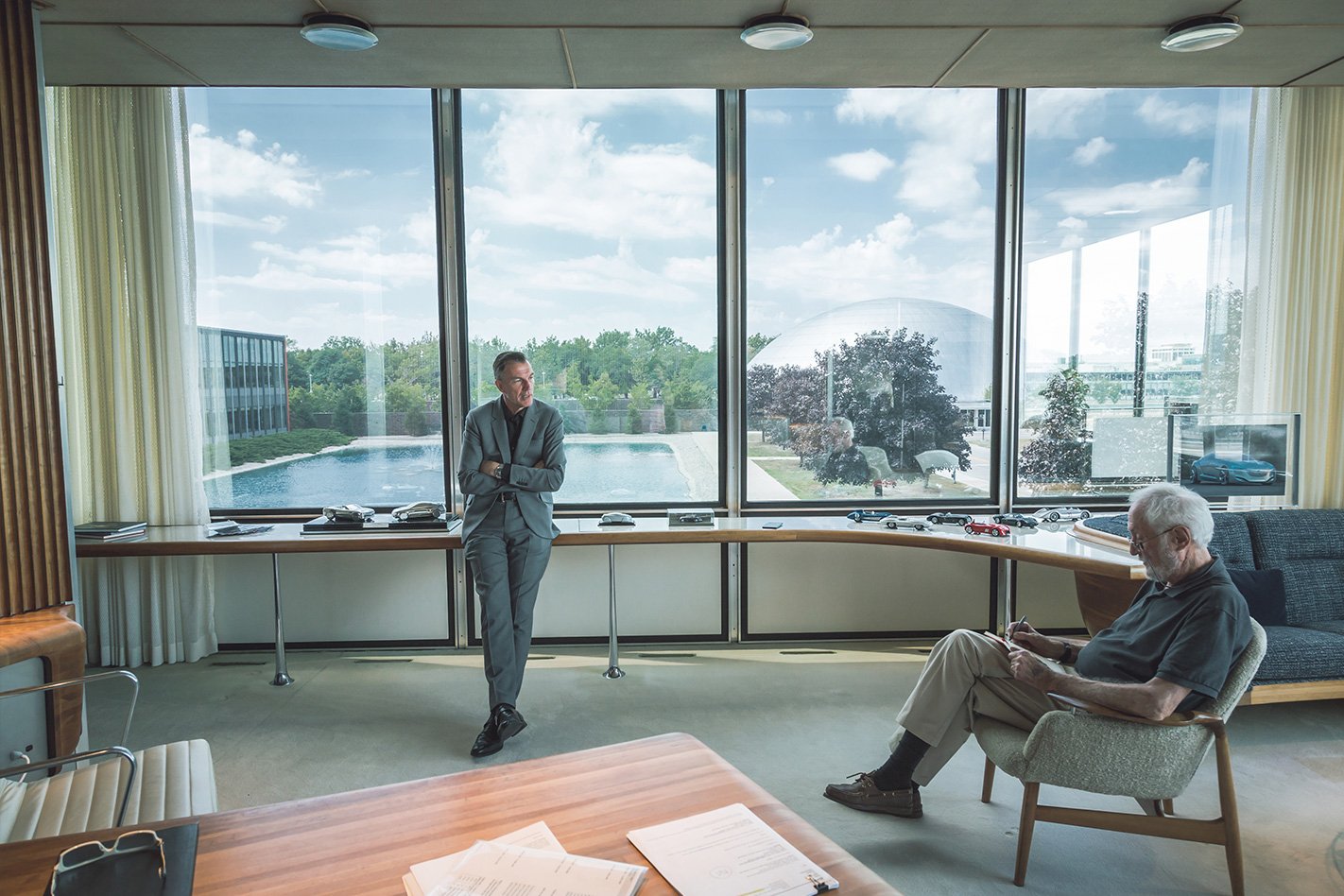
To get to Simcoe you must pass through a central entry area with space for two administrative assistants. The two main offices are separated by a serpentine wall, rambling from the bathrooms (in the rear area) around the exquisite desk which almost encircles a seating area for meetings, and eventually rolling past a TV console to the entry. All the non-glass areas are undulating curves.
Cherrywood-finished walls are lined by individual vertical strips of ribbed aluminium; the ceiling is covered in beige fabric, cross-hatched with cherry strips. The glass coffee table can be raised electronically for meetings, a desk lamp rises from its flush position at the push of a button, while low down on the side of the desk are radio, light and temperature controls. In 1955 this was a technological fantasy, its beauty undiminished in 2017.
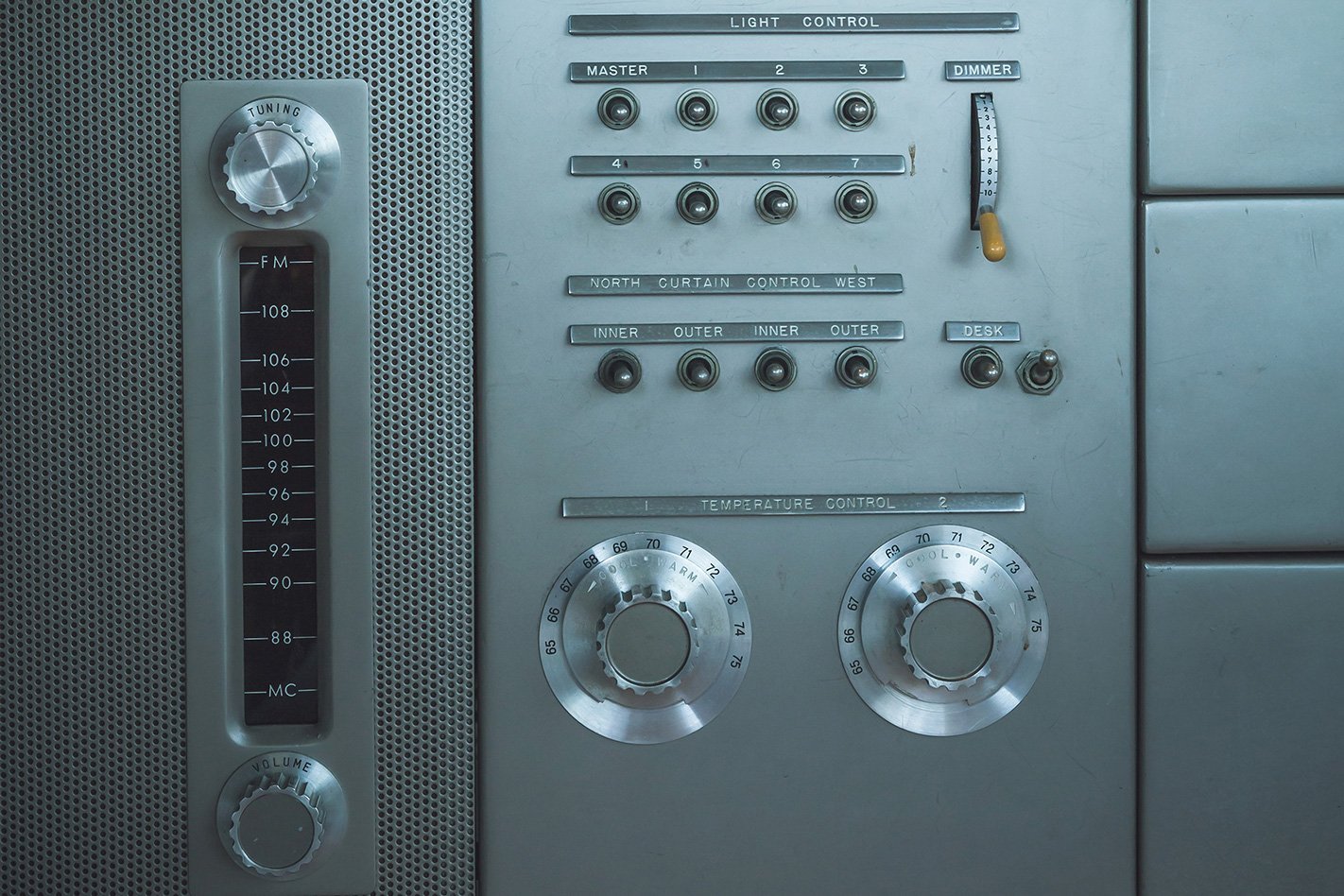
According to Chuck Jordan, the fourth VP of GM design, “Mister Earl [as he was known to all who worked in design] wanted his desk and the interconnecting furniture to simulate rounded, wooden die models.”
“Everything in here is quite deliberate” says Simcoe. “The sense to it all, the height of the furniture. You’ll notice, if you sit in a seat in front of the desk and I’m sitting in mine, you are sitting lower.”
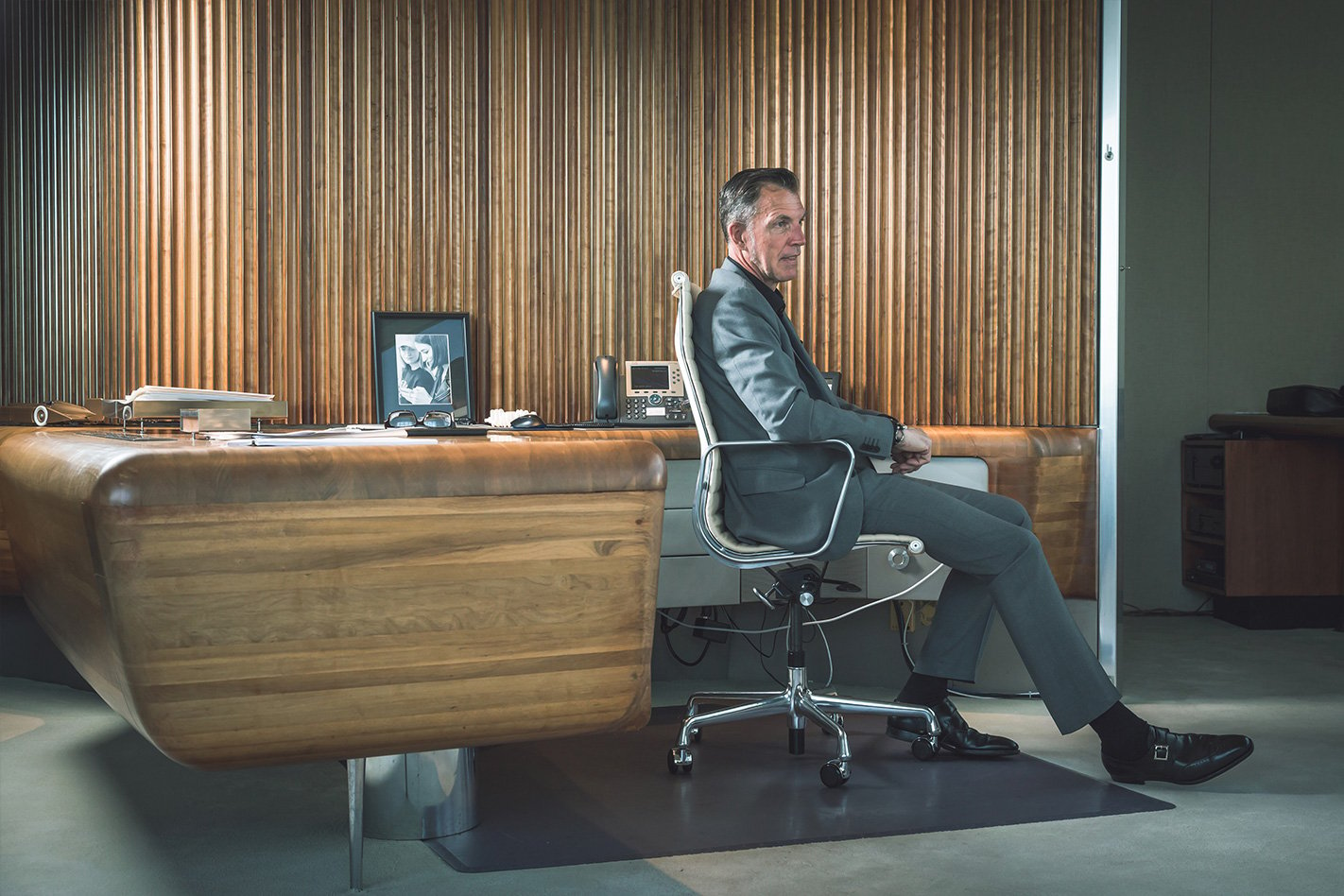
GM engaged famous architects Eero Saarinen and Associates to conceive the 26-building facility. Even today it all looks amazingly modern. Engineering staff began occupancy in July 1949. The last building constructed was for Styling with studios for each of the GM Divisions: Chevrolet, Pontiac, Oldsmobile, Buick, Cadillac and GMC Truck and Coach, as well as Frigidaire and other non-automotive divisions.
Photographer Wielecki is enchanted by the office, its detail and especially the desk. He works steadily while Simcoe and I talk. I notice a model of the Holden Coupe 60, the proposal for the third generation Monaro.
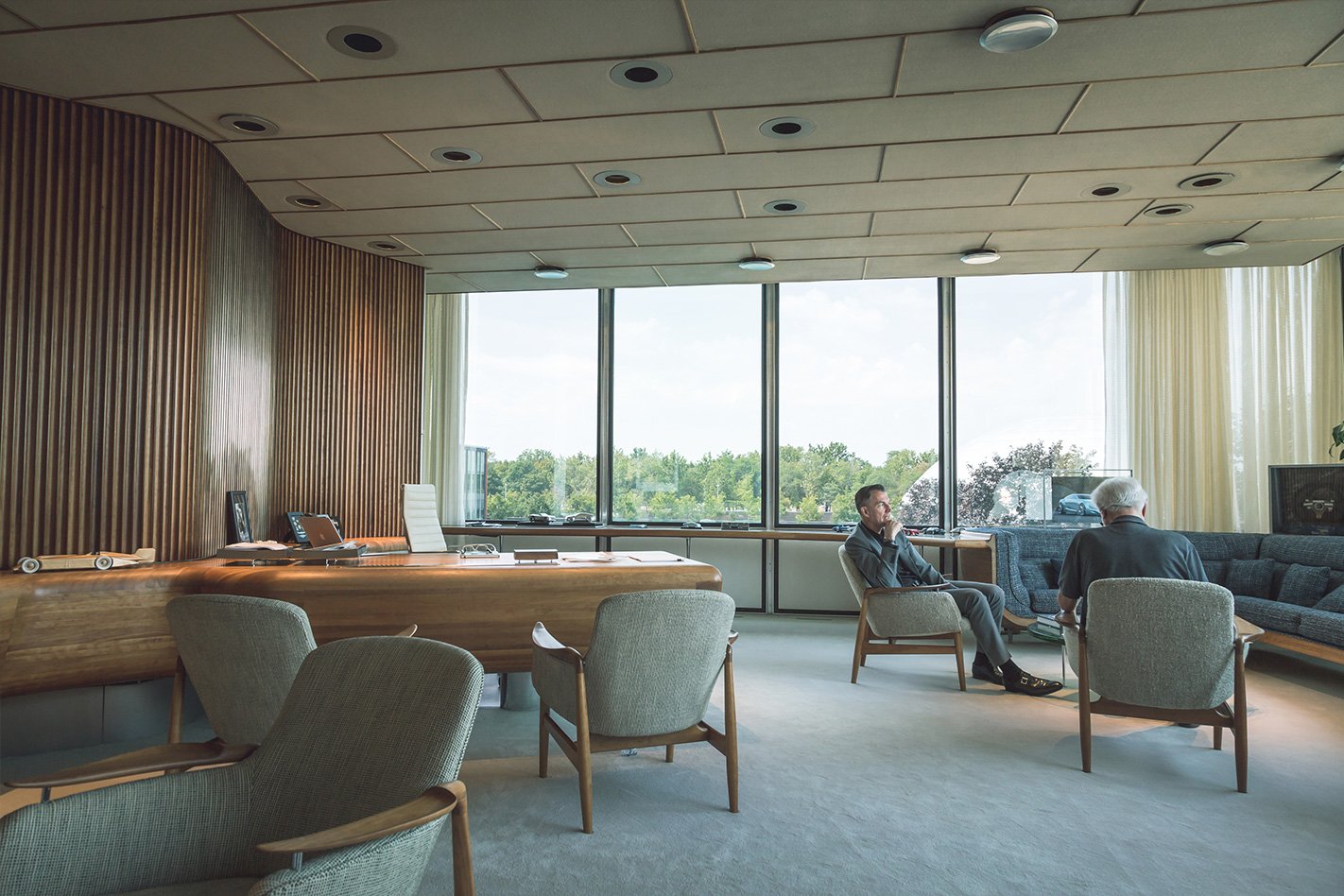
Arriving in Warren around 6:15am, Simcoe estimates he spends about 20 percent of a normal 12-hour day in the office; less time than in his previous role as head of GM’s Asia-Pacific design where, with Detroit operating 15 hours behind Melbourne, he was required frequently for telephone conferences.
“I’m either in meetings here on site or at the engineering centre four or five times a week and that determines how much time I spend in the studios.”
Mark Reuss, Simcoe’s boss and chief of all product development, also has an office in the design building.
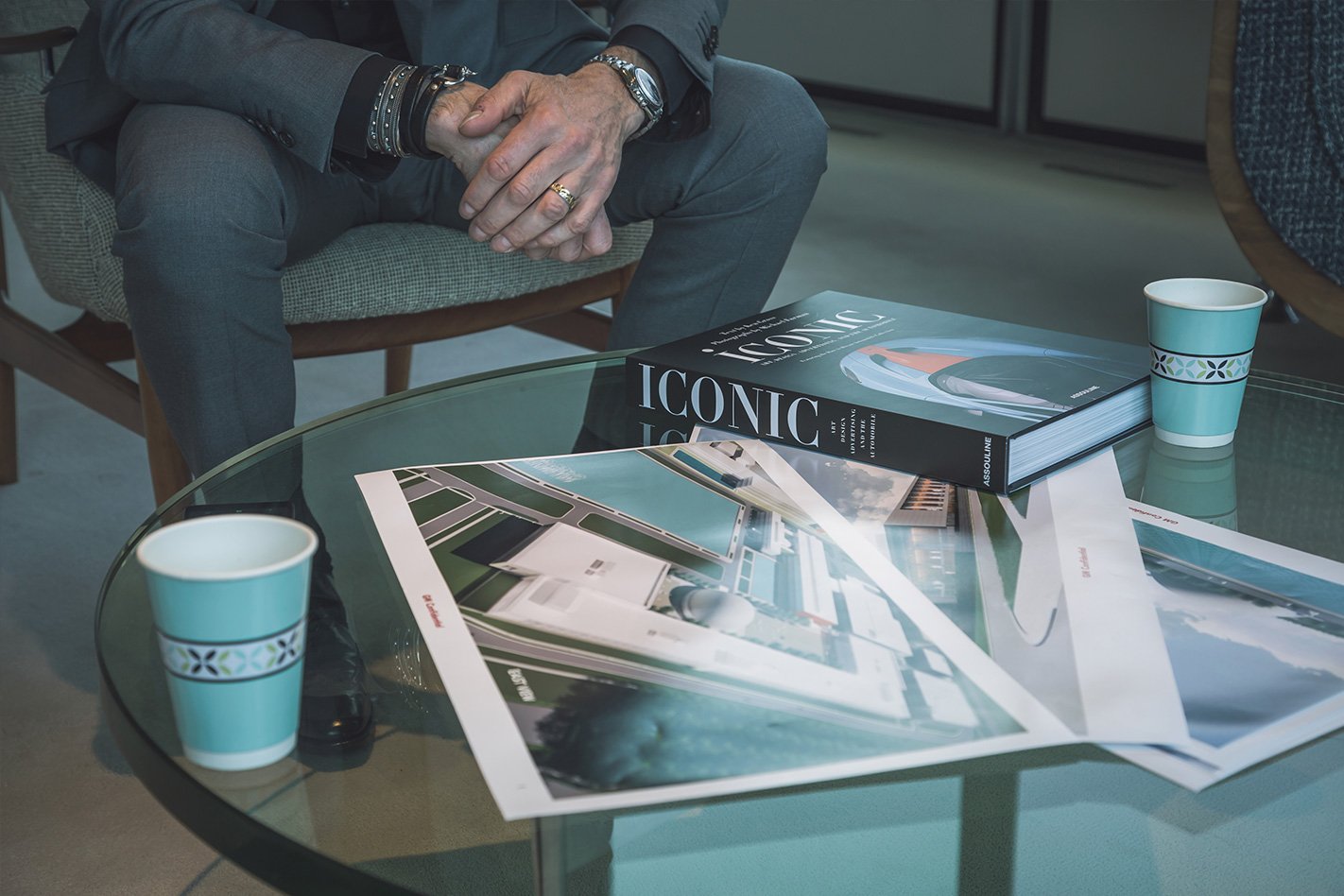
What, if any changes has Simcoe dared make to Earl’s office?
“None. Oh, my God. Basically you come in here with your family photographs, models and a comfortable chair.” He grins. “It’s a Herman Miller chair, suitably tall so that I can look down on people.”
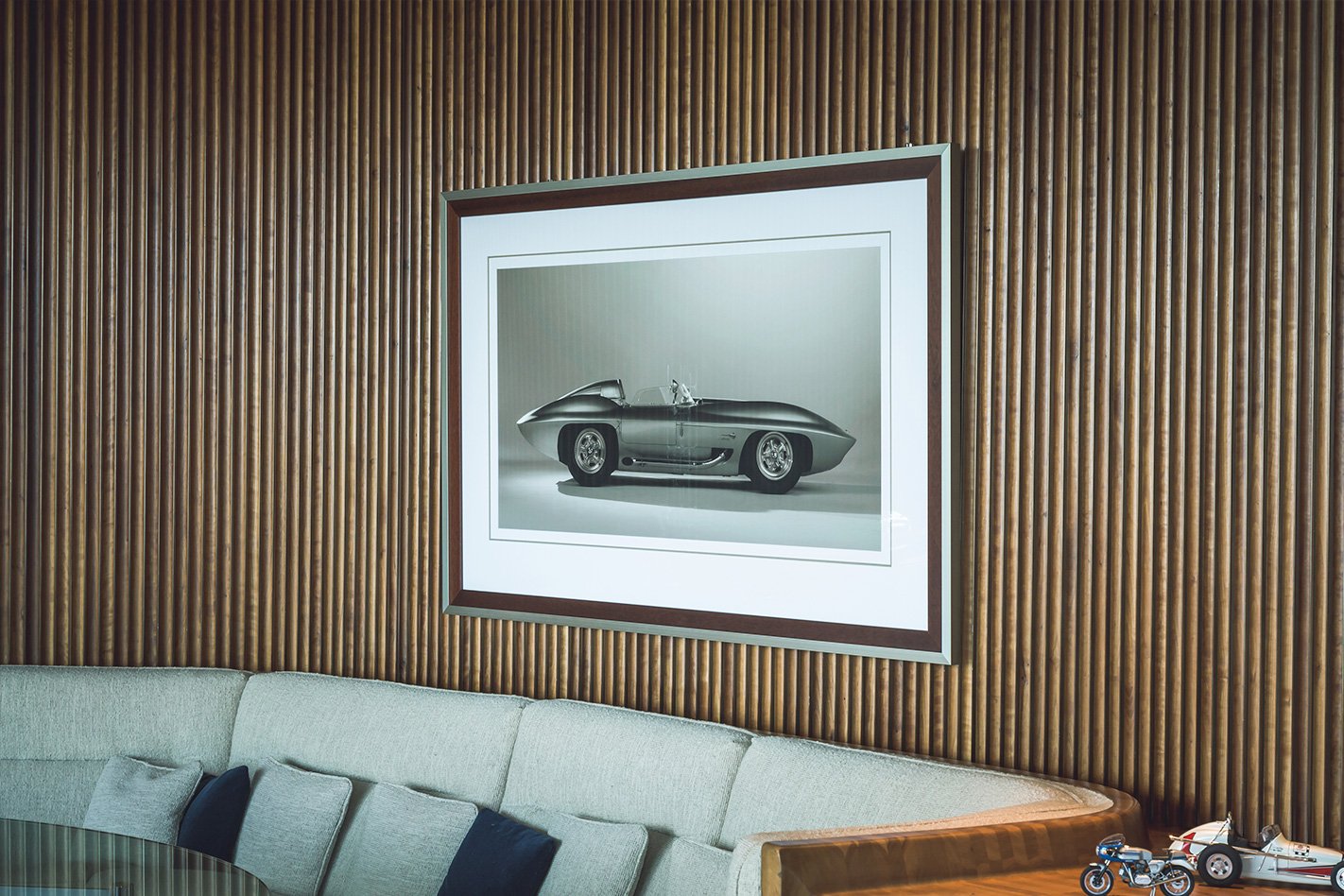
“It’s an interesting intersection between where the Italians were and where Mitchell wanted to go,” explains Simcoe. “The very simple aero forms, like Alfas, were an interesting mix of Europe’s aero ideals and Mitchell’s desire to create new forms.”
Simcoe took over on July 1, 2016 though he had moved to Detroit in mid-May the same year for a transition period with former boss Ed Welburn. What changes has he made as head of design?
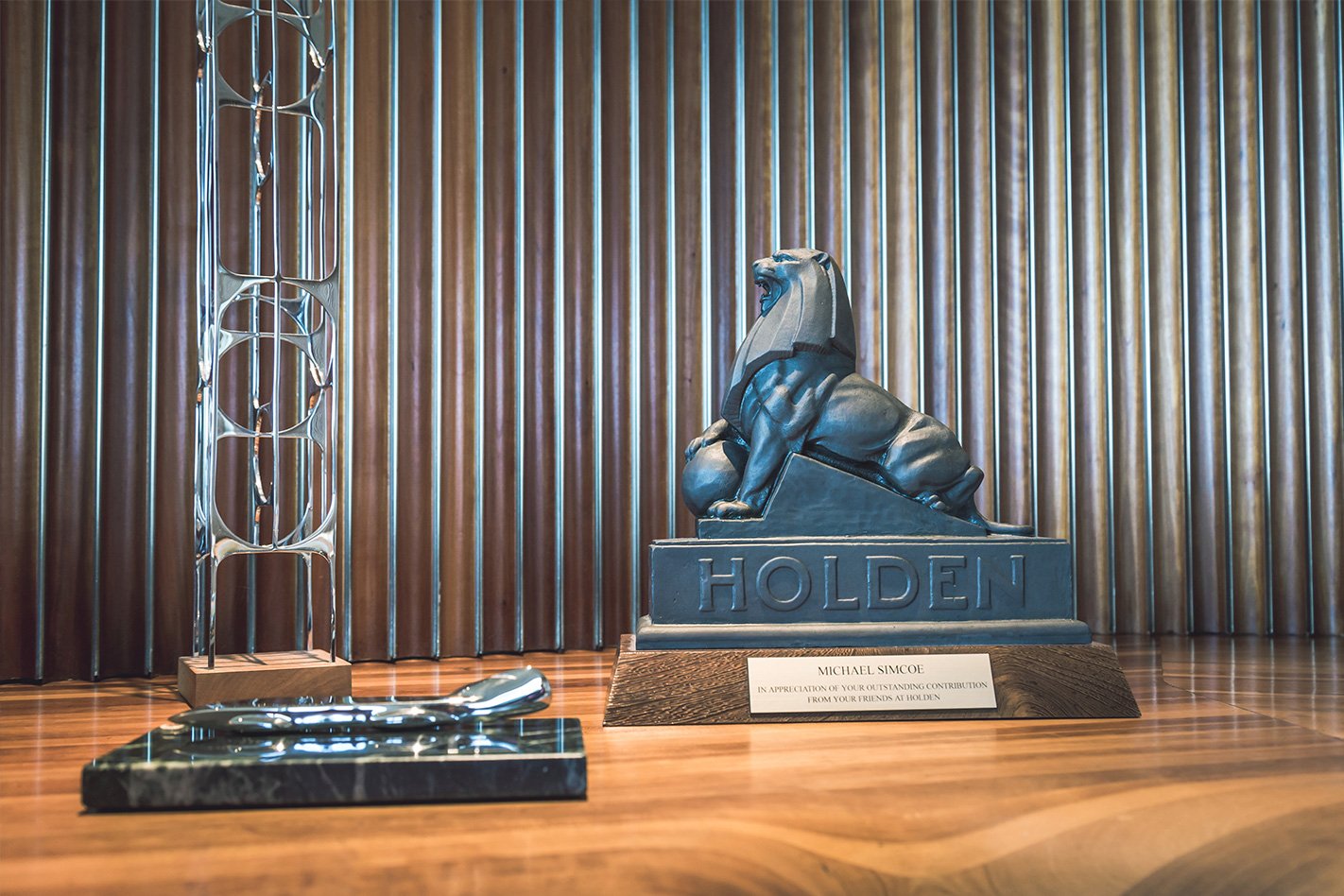
Then he gets serious. “Mostly the intent was to come in and not rock the boat too much. The team here are hugely competent and very creative so to come in and de-stablish the place would have affected that. What was important was to keep everyone going in the same direction and doing the programs they were already doing. We made some structural changes that I was aware needed changing and we’ll make more over time.
“In some ways I’ve been an insider [he worked in Detroit for six years in the 2000s] and have always had a network over here. I knew some of the things that people were concerned about and had an opportunity to change them. But not big sweeping changes. It’s my job to provide direction to a team of people who know what they are doing. I need to keep them inspired and enabled.”
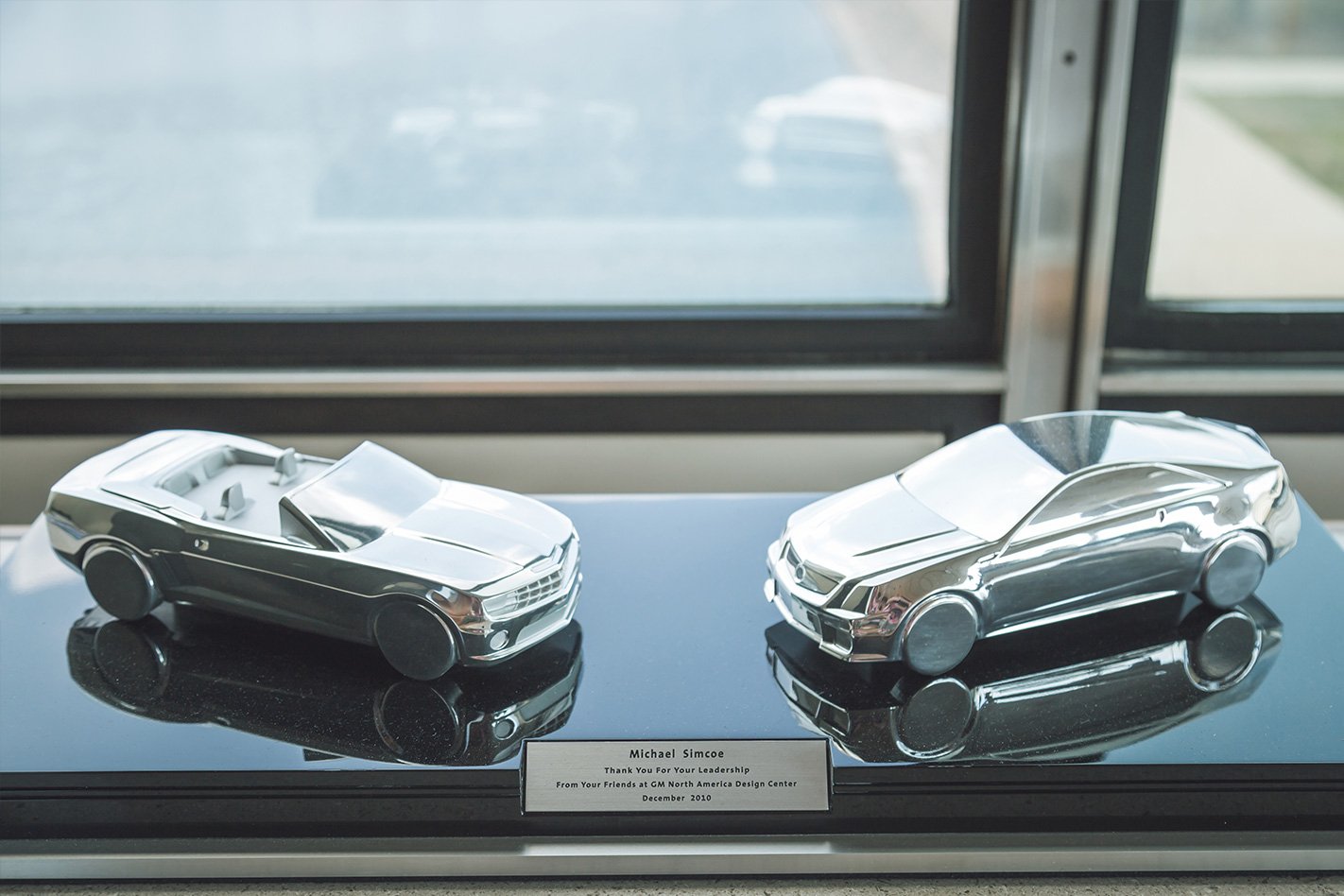
“I’m not going to tell you. I’ve got ego enough to come in and want to change some things. The biggest impact was stopping a program because it wasn’t doing what it needed to do, not in a design sense but other things were impacting design so we stopped and reset it.
“In the dome right now there are [he counts] about 20 full-size vehicle models. It’s a study around variants of one architecture.
“When Mark [Reuss] and I sat down and talked about my role and what he was expecting, it goes back to what he knows of me. I’m relatively pragmatic and I like design to be total design. Designers are not stylists; they are designers and they are holistic in their impact on a vehicle. If we can’t influence the design architecture of the vehicle, the quality of the vehicle and the function of the function of the vehicle, then we are not doing our job.
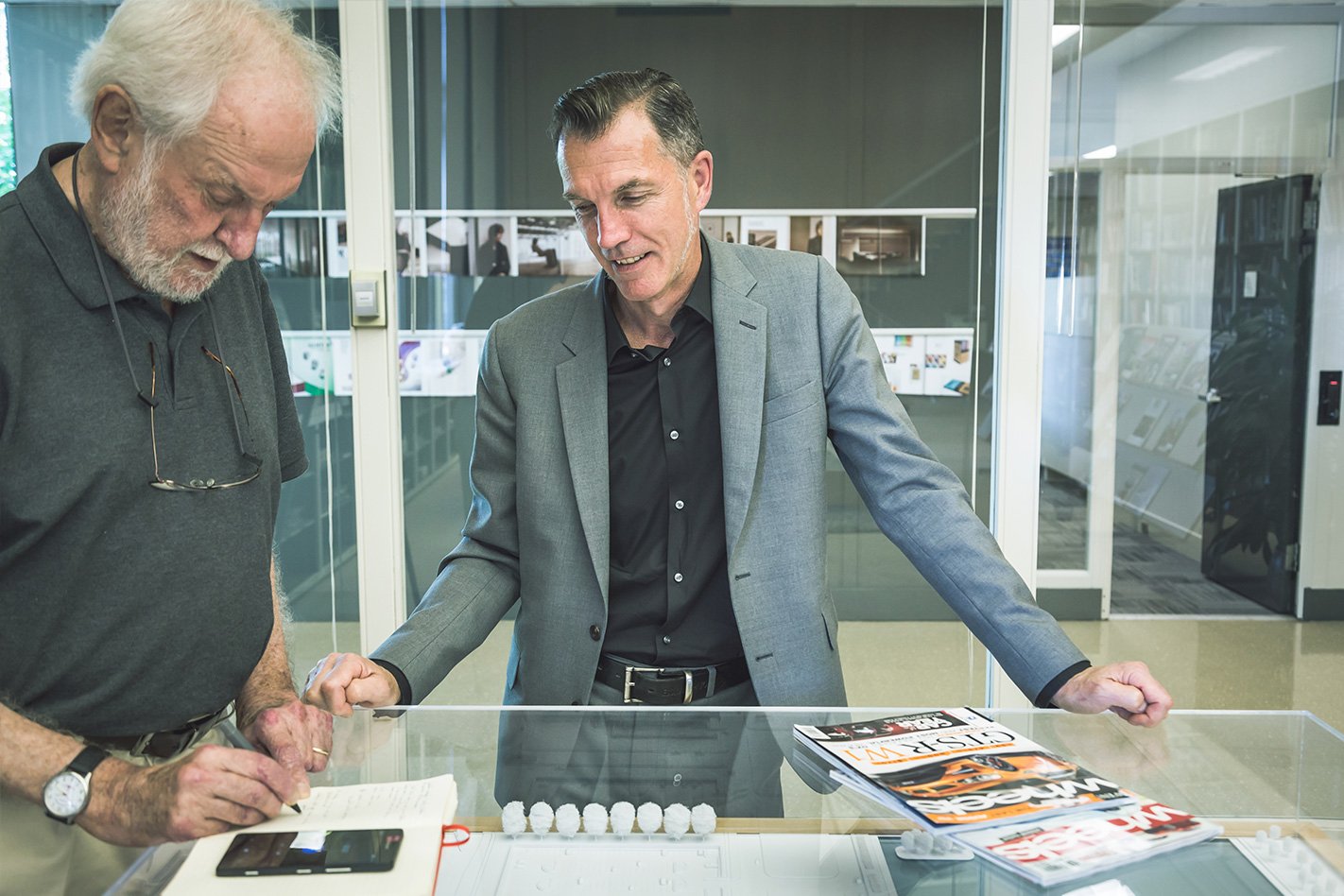
Are there designers who don’t understand proportions?
“Over the years there have been people who have been stylists in the truest sense. It hasn’t held them back because they are usually supported by competent people. Nobody who fails lasts very long. There are stylists and there are designers. You need a good mix of both in a team.
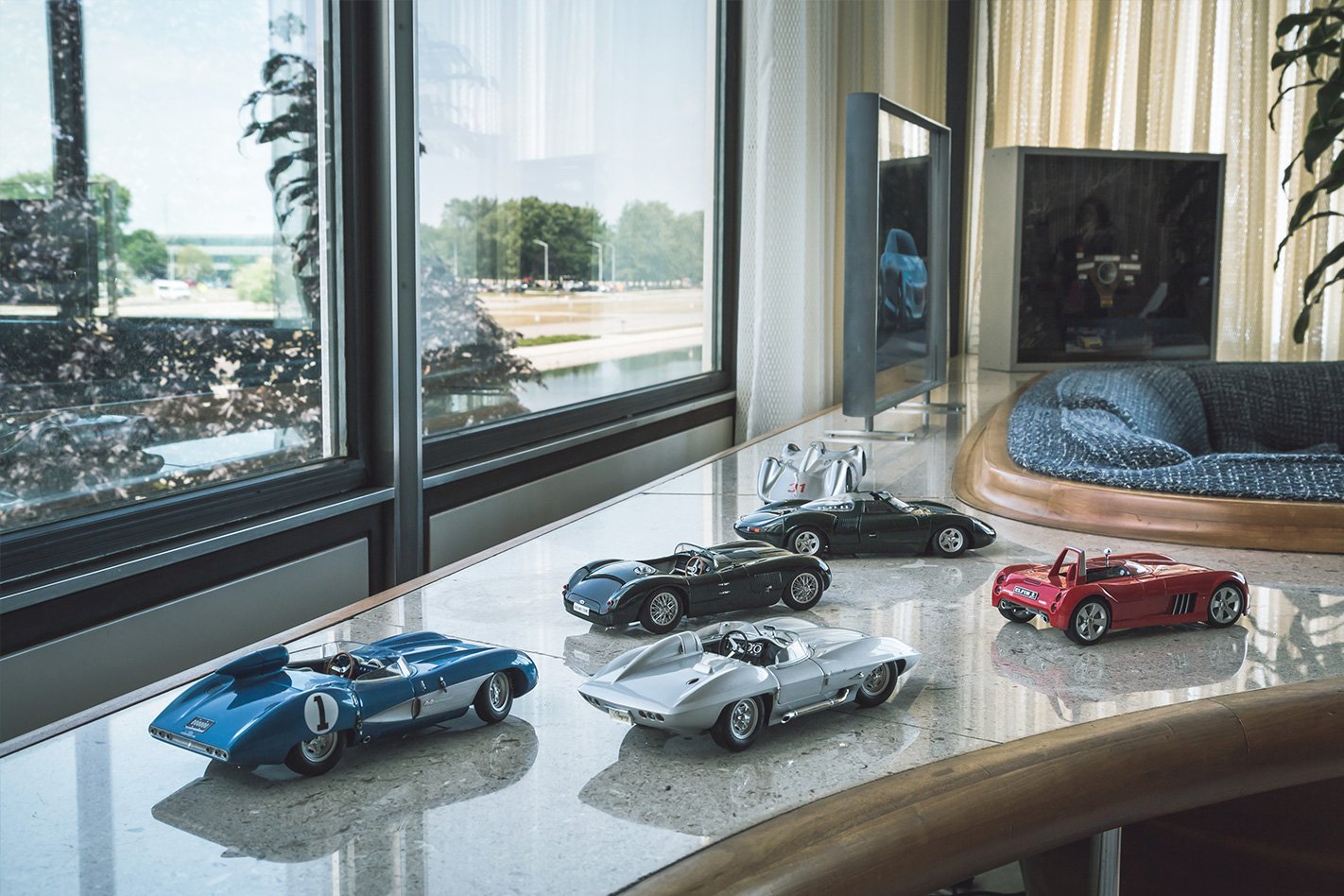
Where does Simcoe see design heading in the future?
“Design is at a nexus. You hear all the talk about autonomous and electrified vehicles, while legislation is getting more serious. There is this notion that designers are going to lose their role because autonomous cars are going to take over. That is a nonsense. The reality is designers create experience, create emotion, customers will always want that. We are a long way from a world where there won’t be choice.
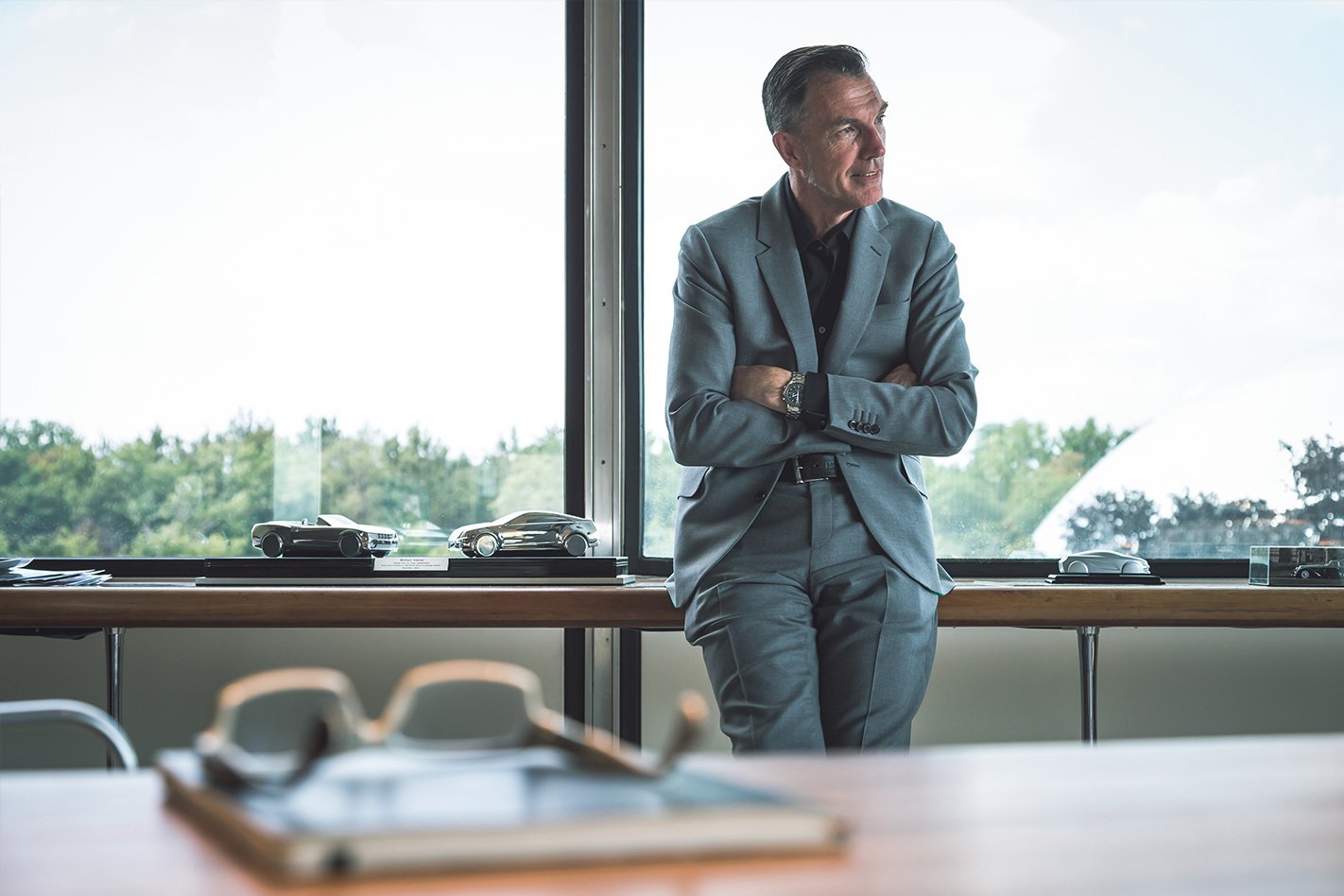
Does he see a convergence between sedans and SUVs?
“That would be giving away secrets. No matter what happens, whether the market moves towards more and more SUVs, we are going to need to become more differentiated. Customers are conscious of style and the need to feel different.”
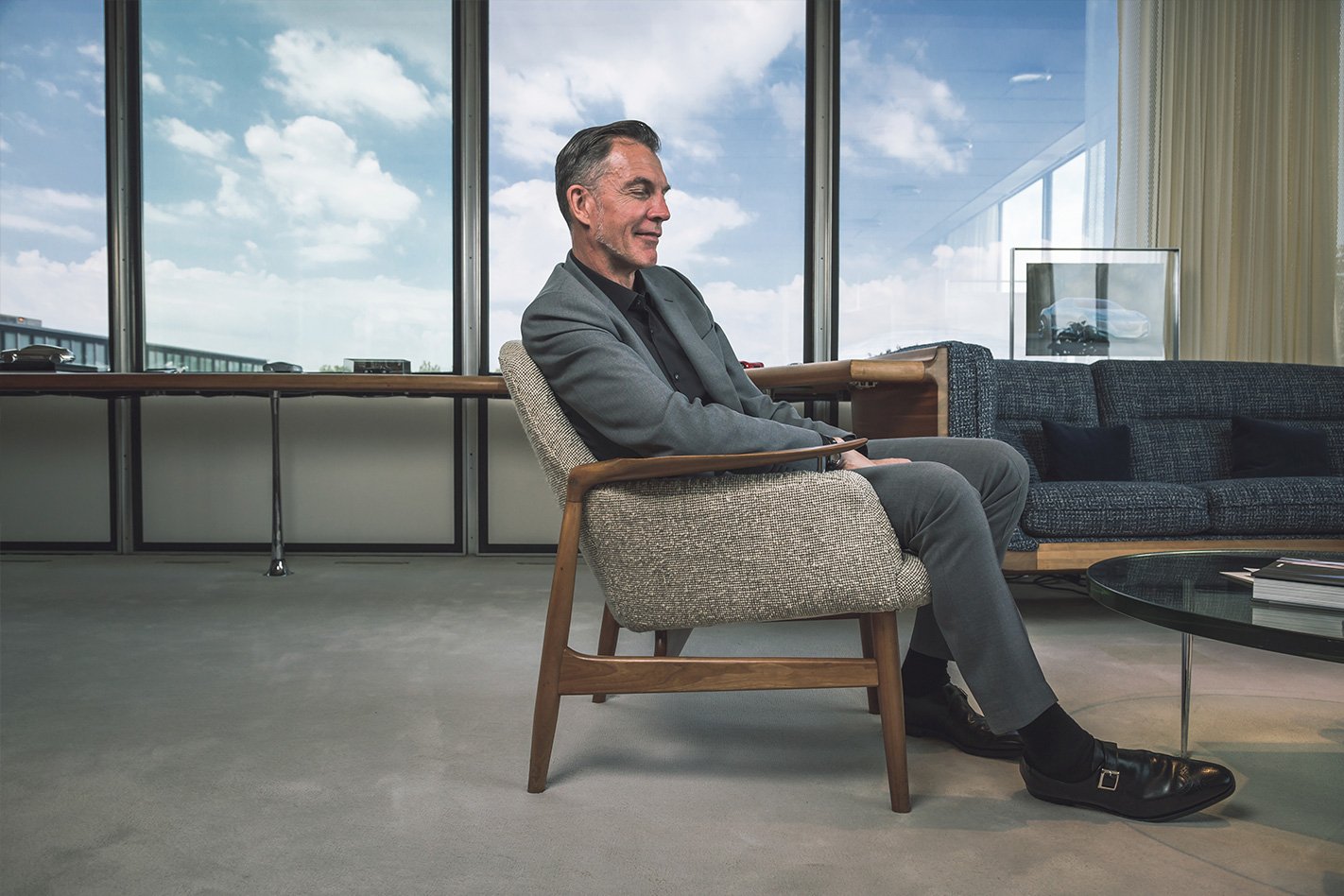
“You have to applaud them for trying to be different. What was very odd and very awkward is being worked through more interpretations and becoming more realistic. It is hard to criticise people for being brave or different. At the same time you have to have a level of judgement that is better than some of the things on the market.”
Among GM’s rivals, who does Simcoe believe is achieving the best aesthetic result?
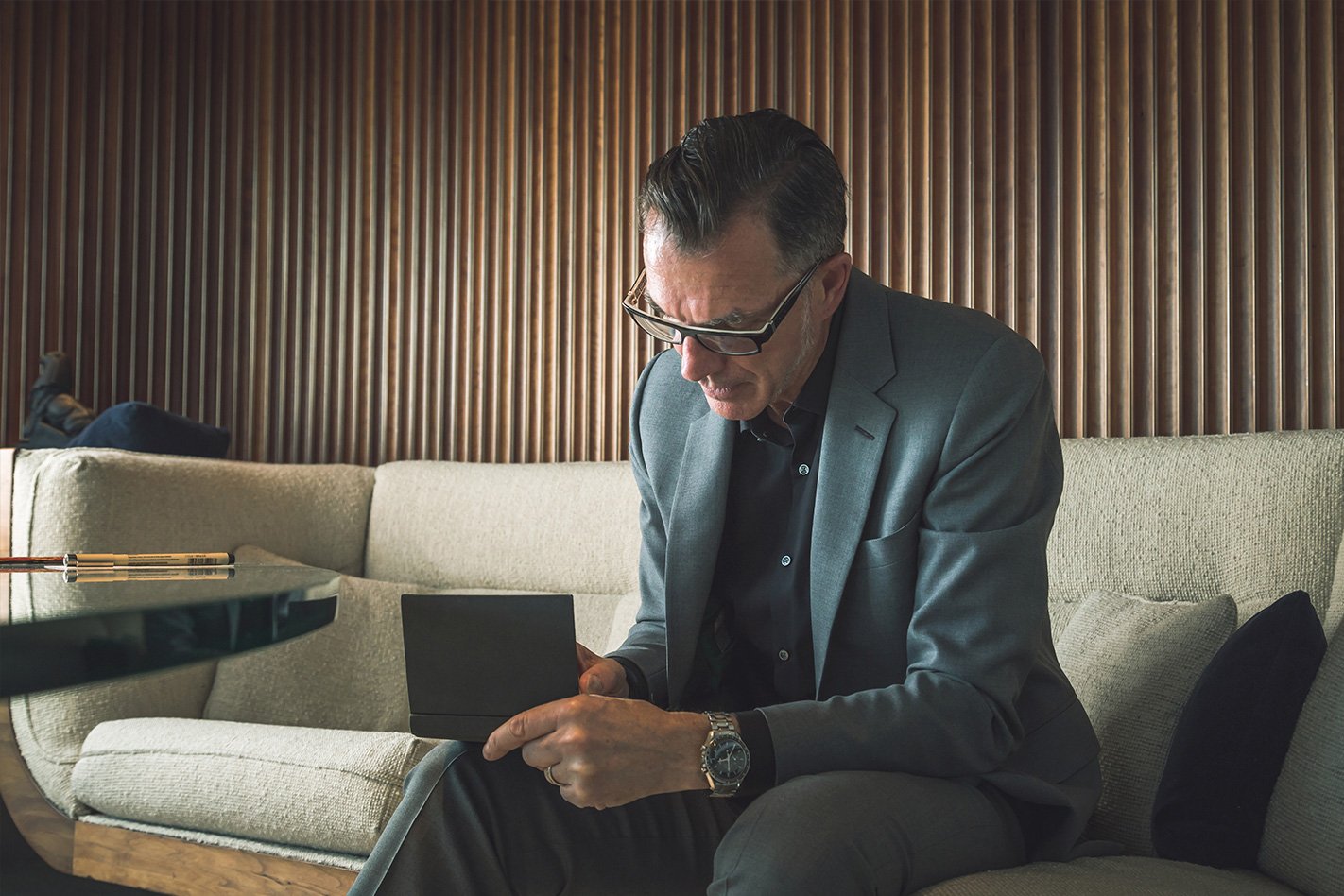
I ask about GM’s coming new design studios.
“The nice thing about the new building [which opens in 2020 to double the studio size] is its location behind the dome. It is in a style that honours and respects the cadence of this building, without trying to ape it.”
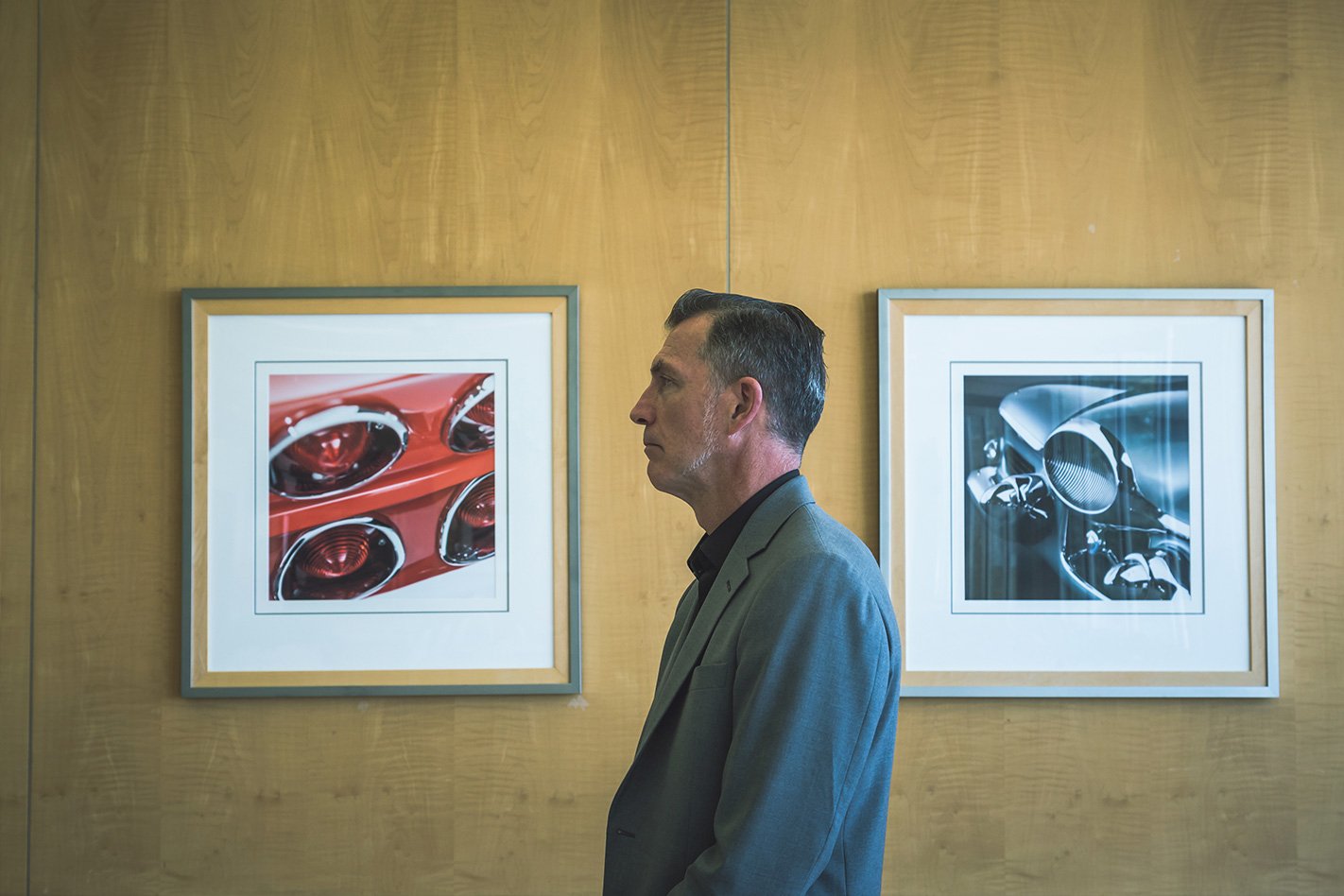
“The interesting thing about this office is that it is always different,” says Simcoe. “The light is different, the soft shapes, it lights up differently every day and has different light signatures within the room itself. I open the curtains and it feels like the bridge of an aircraft carrier. It’s a very commanding position. I think that was intentional.
“This is a very nice place to be.”
